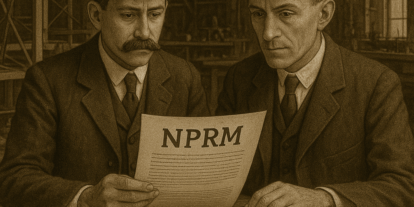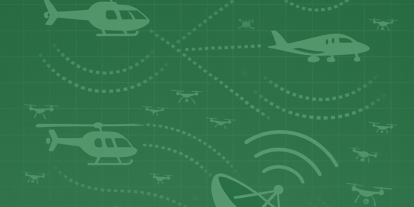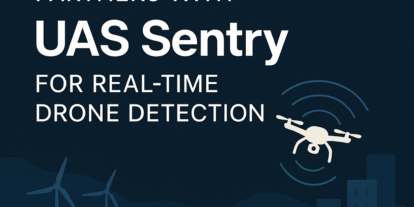There is never a perfect time to have to study drone regulations, but as long as the days are short, cold, and dark right now, it’s a good time to get it done.
This post will be useful for anyone who has previously passed or is considering taking their Part 107 exam, or for any fleet managers wondering how to stay on top of their pilots’ compliance going into the new year.
Many Kittyhawkers hold a Part 107 certificate. Some of us have been since Fall 2016 while others have yet to take their exam. We want our user community to understand the rules for taking the exam, the renewal process, and be aware of some study materials and links we’ve found useful at Kittyhawk HQ.
Part 107 Certification
If you’re even a little bit familiar with American drone laws and regulations, you probably know that flying a drone commercially requires a Part 107 certified pilot to be part of the operation.
If you earn money flying your drone, or fly a drone as part of your job, you need to take the Part 107 exam. If you manage an enterprise operation which uses drones, the pilots you send out need to be Part 107 certificated.
Do I still have to take the exam if I have a Private Pilot License (PPL / Part 61)?
A standard Private Pilot License, the most common license for those who fly small aircraft for personal use, does not make you automatically eligible to fly a drone commercially – but it does make it easier.
If you are a manned pilot and ARE CURRENT, you can bypass the normal exam by watching a couple hours of video on the FAA website and taking a short online quiz.
If you are a manned pilot but are NOT CURRENT, unfortunately you cannot use the FAA-sanctioned shortcut, and need to follow the same rules as everyone else as described below. If you don’t know what this means, you need to take the regular Part 107 exam.
I need to take the Part 107 exam, but which test do I need to take?
Now that Part 107 is over two years old, there are two groups of people looking to take the Part 107 exam – those who have never taken the Part 107 exam and would like to (Initial), and those who have previously passed the Part 107 exam two or more years ago (Recurrent).
If you have previously passed the Part 107 exam, it is important to note that your passing score is valid until the end of the 24th month after you passed your exam. So if you passed your exam at any time in December 2016, your passing score is valid until December 31, 2018.
Important note: Your Part 107 exam, as with most other aviation exams, does not “expire” if you let it lapse. If it has been over 2 years since you took your initial Part 107 exam, you are not allowed to exercise the privileges of your certificate, but you DO NOT have to take the initial exam again. Just sign up for the recurrent test and once you pass it will be as if no lapse occurred.
For both exams, you need to contact an airman knowledge test center, either CATS or PSI. CATS centers are where most FAA exams are given, and are usually located at smaller regional airports. You can make an appointment to take your exam – usually you can get a slot within a week or two.
If you live in/near a big city (e.g. San Francisco Bay Area) it might be worth it to check out CATS testing centers at smaller airports nearby for a shorter wait.
What are the differences between the Initial exam and the Recurrent exam?
The initial exam is 60 questions given in 120 minutes and covers the following topics: Regulations, Airspace, Weather, Loading and Performance, and Operations.
The recurrent exam is 40 questions given in 90 minutes and covers the following topics: Regulations, Airspace, and Operations.
Note: The recurrent exam is easier, shorter, and does not include Weather or Loading and Performance because you have already passed the more complex initial exam.
What (mostly free) resources should I be using?
RemotePilot101, a paid resource, offers free content on their YouTube channel.
YouTube has many great resources like study guides and explainer videos available for free.
UAV Expert News has a good explainer on airspace, particularly for tricky Class E airspace.
Embry-Riddle, the aeronautical university, has a free “Aviation 101” class.
National Geographic has a good explainer on aeronautical charts.
Our friends at the FAA have drone-specific material available on their website.
If you’re willing to drop a few dollars, the DroneU and DART Drones courses won’t put you to sleep and will teach you what you need to know to pass the test.
Good luck with your exam and safe flying!
Andrew Elefant
Andrew Elefant is the Director of Legal & Policy at Aloft, an enterprise drone software company. Andrew is a licensed attorney in California. He is also an experienced Private Pilot with Instrument and Multi-Engine ratings, as well as a certificated Remote Pilot.



